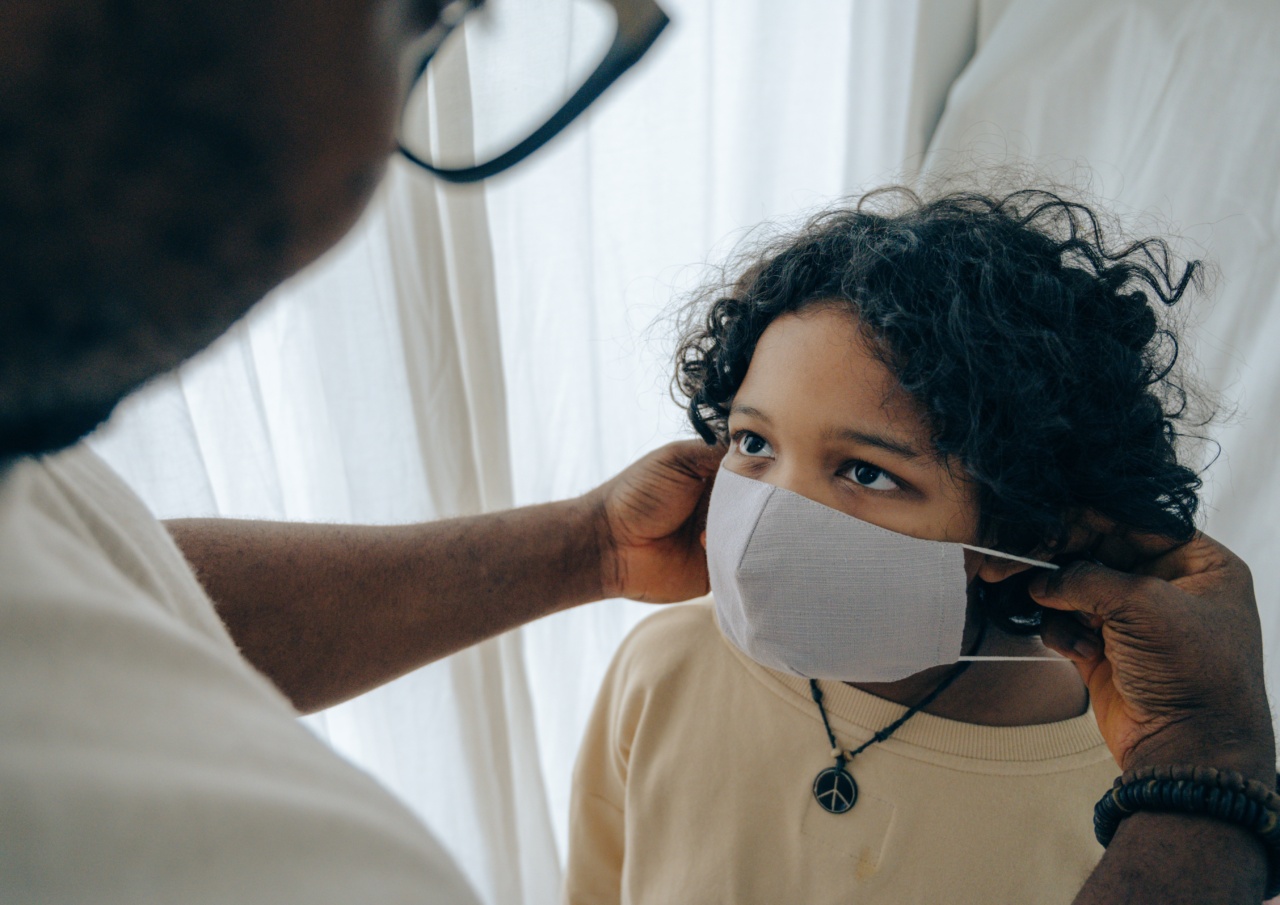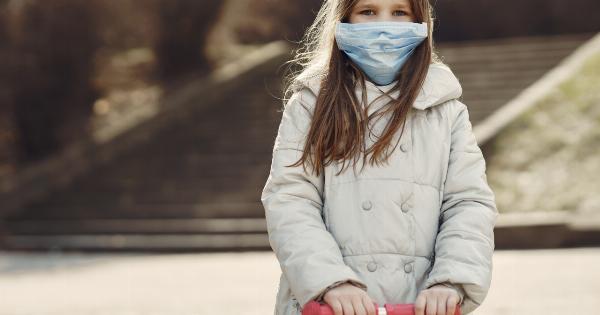Winter brings along with it many wonderful things like snowflakes, cozy sweaters, and holiday cheer. However, it also comes with the risk of various infections and illnesses that can affect children.
As a parent or caregiver, it is crucial to take proactive measures to protect kids from dangerous winter infections. In this article, we will discuss some of the common winter infections, their symptoms, and practical tips to keep children safe and healthy during the colder months.
Common Winter Infections in Children
1. Influenza (Flu).
One of the most prevalent winter infections among children is the influenza virus, commonly known as the flu. The flu can cause severe symptoms such as high fever, body aches, sore throat, and fatigue.
It spreads easily from person to person through respiratory droplets, making crowded places like schools and daycare centers breeding grounds for the virus.
2. Common Cold.
Another common winter infection is the common cold, which is caused by several different viruses. Symptoms of a cold include a runny or stuffy nose, sneezing, coughing, and mild fatigue.
While colds are usually harmless, they can be bothersome for children and may lead to complications such as ear infections or sinusitis.
3. Respiratory Syncytial Virus (RSV).
RSV is a viral infection that targets the respiratory system, particularly in young children. It causes symptoms similar to the common cold and can lead to severe respiratory illness in infants and those with weakened immune systems.
RSV spreads through contact with respiratory droplets or contaminated surfaces.
4. Bronchiolitis.
Bronchiolitis is a viral infection that primarily affects infants and children under the age of two. It causes inflammation and congestion in the small airways of the lungs, leading to coughing, wheezing, and difficulty breathing.
The most common cause of bronchiolitis is the respiratory syncytial virus (RSV).
5. Norovirus.
Winter is also known as the season of stomach bugs, and the norovirus is one of the culprits. Norovirus causes gastroenteritis, which is characterized by symptoms such as vomiting, diarrhea, stomach cramps, and nausea.
It can spread quickly through contaminated food, water, or close contact with infected individuals.
Symptoms and Prevention
Recognizing the symptoms and taking preventive measures is crucial for protecting children from winter infections. Here are some common symptoms to watch out for and ways to prevent these infections:.
1. Flu
– Symptoms: High fever, sore throat, cough, body aches, fatigue.
– Prevention:.
– Make sure your child receives an annual flu vaccination, which provides protection against the most common strains of the virus.
– Encourage regular handwashing with soap and water for at least 20 seconds.
– Teach your child to cover their mouth and nose with a tissue or elbow when coughing or sneezing to prevent the spread of droplets.
– Avoid close contact with individuals who have flu-like symptoms.
2. Common Cold
– Symptoms: Runny or stuffy nose, sneezing, coughing, mild fatigue.
– Prevention:.
– Encourage regular handwashing to reduce the risk of catching a cold virus.
– Teach children to avoid touching their face, especially their eyes, nose, and mouth, as viral particles can enter the body through these routes.
– Ensure your child gets enough rest and consumes a nutritious diet to strengthen their immune system.
– Keep a safe distance from individuals showing cold symptoms, and promote respiratory hygiene by covering the mouth and nose when coughing or sneezing.
3. RSV and Bronchiolitis
– Symptoms: Runny nose, cough, wheezing, difficulty breathing.
– Prevention:.
– Limit exposure to individuals with respiratory infections, especially young infants who are more susceptible to severe illness.
– Practice good hand hygiene by washing hands regularly with soap and water or using an alcohol-based hand sanitizer.
– Avoid exposing infants to cigarette smoke or other harmful irritants.
– Maintain cleanliness and disinfect frequently touched surfaces to reduce the spread of viruses.
4. Norovirus
– Symptoms: Vomiting, diarrhea, stomach cramps, nausea.
– Prevention:.
– Encourage thorough and frequent handwashing with soap and water, especially after using the bathroom and before eating.
– Avoid close contact with infected individuals, and ensure contaminated surfaces are cleaned and disinfected promptly.
– Pay attention to food safety and hygiene by properly cooking and storing food, and avoiding cross-contamination between raw and cooked foods.
– Promote good personal hygiene habits, such as not sharing utensils or cups, to prevent the spread of the virus.
Conclusion
Winter infections can pose a significant risk to the health and well-being of children. By being aware of the common symptoms and taking preventive measures, parents and caregivers can effectively protect their kids from dangerous winter infections.
Encouraging good hand hygiene practices, ensuring a healthy diet, and avoiding close contact with infected individuals are essential steps in keeping children safe and healthy during the colder months. By implementing these measures, we can lower the likelihood of winter infections and ensure a season filled with joy and good health for our children.





























